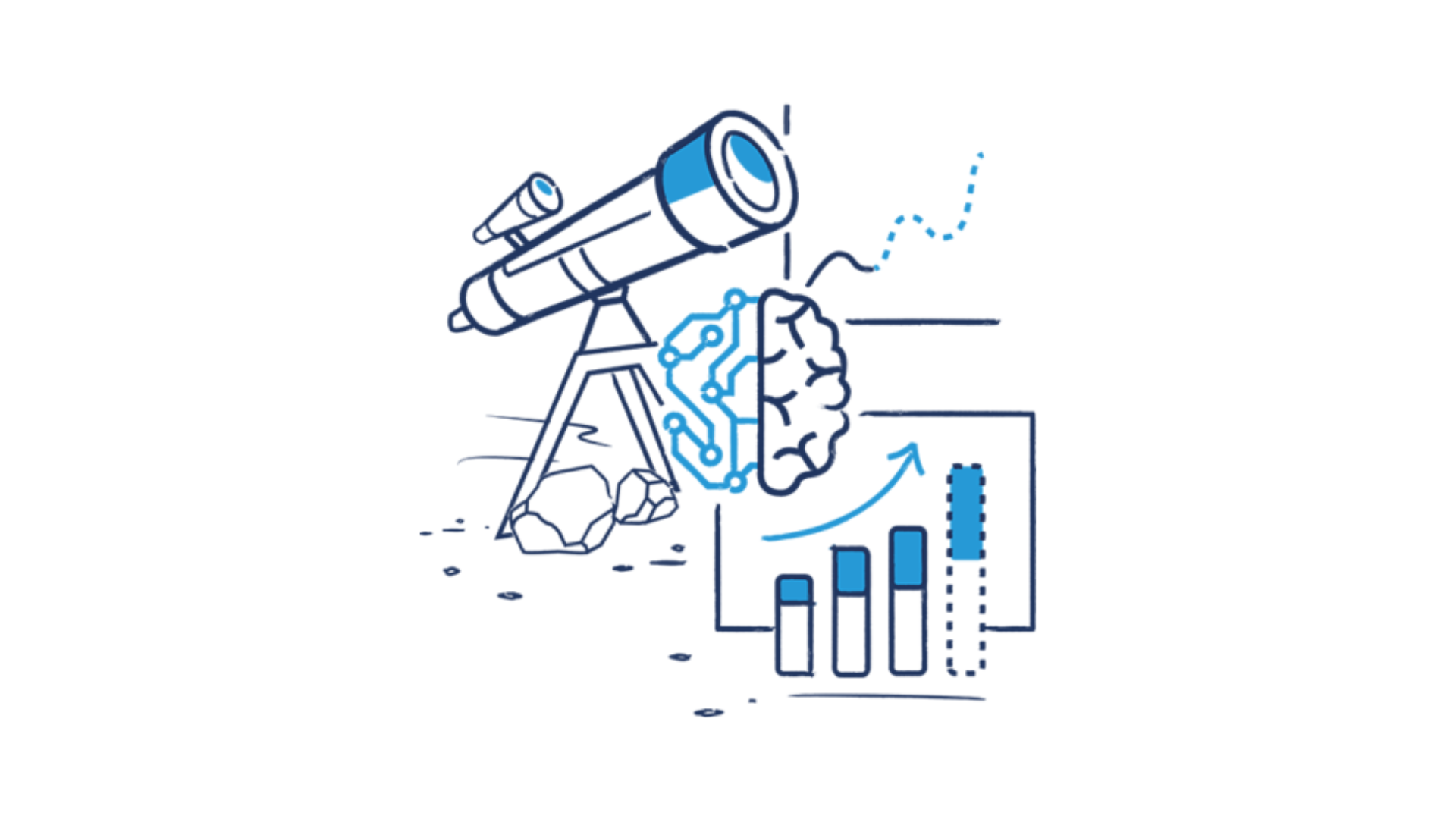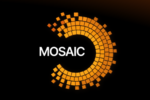We can’t predict the future with certainty – but we can prepare for it better than ever. Understanding market shifts and changing customer needs is essential for smart business planning. That’s where predictive forecasting comes in: helping companies stay agile, spot new opportunities, and make more confident decisions based on data rather than guesswork.
What is predictive forecasting?
At its core, forecasting helps companies plan smarter – from budgets to staffing to marketing. Predictive forecasting takes this a step further. It doesn’t just look at past trends; it uses advanced techniques to uncover hidden patterns and causal relationships in the data. As new data flows in, the forecast gets smarter, adapting and improving over time.
From data pattern to forecast
There are two main ways to build forecasts:
- Qualitative: based on expert opinions or surveys.
- Quantitative: rely on historical and real-time data, mathematical models, and increasingly, machine learning.
Various methods are also employed, like regression, clustering, and driver analysis help connect the dots.
Forecasting vs. predictive forecasting
Although the terms sound similar, they refer to two different problem-solving techniques:
- Forecasting: identifies trends and estimates future values, often based on known variables or expert input.
- Predictive forecasting: brings in more data, more variables, and more complexity. It accounts for multiple trends, cycles, and influences to give a fuller, more dynamic picture – often with the help of AI.
How predictive forecasting helps businesses
Predictive forecasting offers a powerful edge. Unlike static forecasts, it adjusts continuously as new information becomes available. AI-driven techniques – like machine learning (ML) – can surface hidden trends, estimate probabilities, and give decision-makers clear, data-backed insights.
Say you want to forecast next year’s revenue. A predictive model can incorporate search trends, competitor pricing, and even one-off events to create a far more nuanced projection. Plus, it helps you understand which factors drive change – so you can respond quickly.
Building trust in AI forecasts – with Jedox
One challenge? Trust. Many companies hesitate to adopt predictive tools because they’re unsure how reliable the output really is. That’s why Jedox AIssisted™ Planning focuses on transparency. The platform:
- Rates the quality of each prediction
- Compares predicted vs. actual results over time
- Shows upper and lower boundaries to clarify forecast accuracy
With these tools, planners gain confidence. They can understand, challenge, and improve predictions – making forecasting faster, more accurate, and more flexible. Ultimately, this means better decisions, faster cycles, and even the ability to shift to rolling or continuous forecasts.
Summary
Predictive forecasting goes beyond traditional forecasting by using AI and advanced analytics to identify hidden patterns, anticipate market changes, and improve decision-making. By continuously learning from data, it enables businesses to act faster, plan smarter, and grow more confidently. Solutions like Jedox AIssisted™ Planning help build trust in machine-generated forecasts and can help guide your company in growing more profitably and respond quickly to changes.
(source: https://www.jedox.com/en/blog/predictive-forecasting/#transforming)


